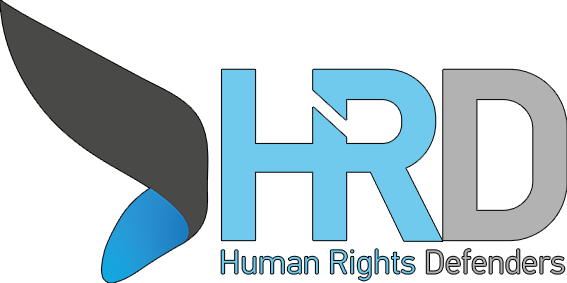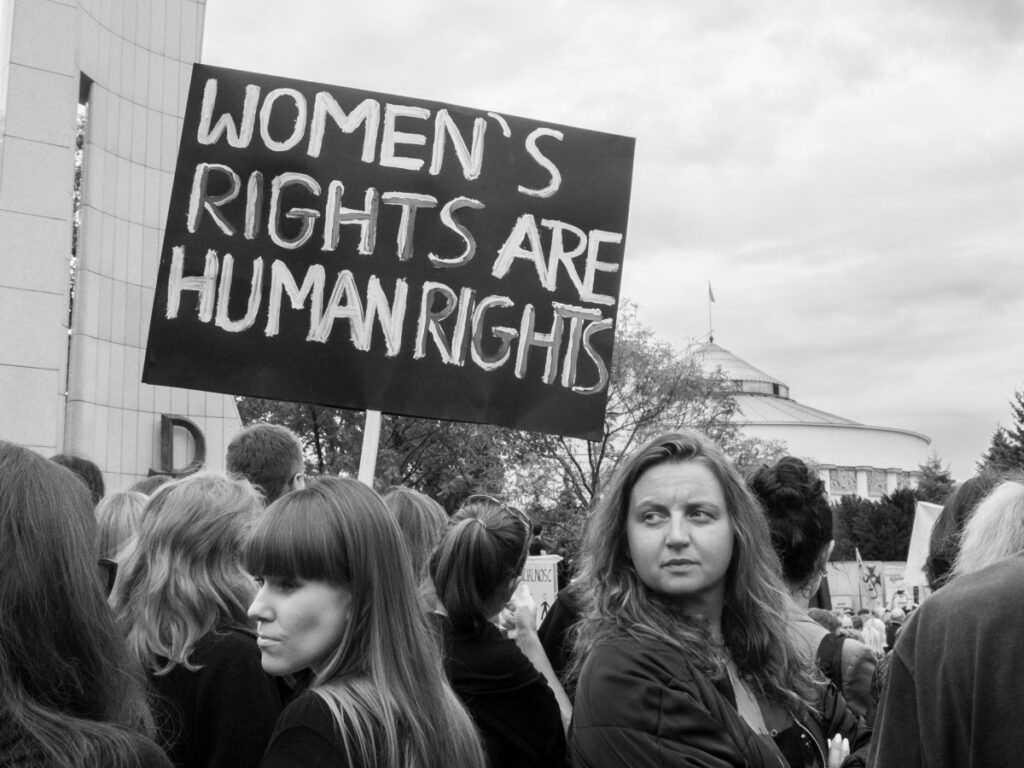Here’s how that architecture works in practice:
1. Equality as a fundamental value.
Article 2 of the Treaty on European Union (TEU) declares equality between women and men one of the core values on which the EU is founded. The Charter echoes this in Article 23, stating that equality must be ensured “in all areas, including employment, work and pay.” This article has legal weight; it’s not aspirational poetry but an enforceable norm guiding legislation and court rulings.
2. Protection of dignity and bodily integrity.
Several Charter articles extend this equality principle into concrete rights.
– Article 1 guarantees human dignity.
– Article 3 protects the right to physical and mental integrity, forming the basis for EU action against gender-based violence, trafficking, and forced sterilization.
– Article 21 prohibits discrimination on grounds including sex, sexual orientation, and gender identity.
3. Socio-economic equality.
The EU has long regulated equal pay and treatment. The Equal Pay Directive (recast 2006/54/EC) and its modern successor, the Pay Transparency Directive (EU 2023/970), aim to close the gender pay gap through disclosure obligations and the right to information on salary levels. The Work-Life Balance Directive (EU 2019/1158) supports shared parental leave and flexible work, recognizing that economic independence is the spine of substantive equality.
4. Protection against gender-based violence.
While criminal law remains largely national, the EU’s Victims’ Rights Directive, the Anti-Trafficking Directive (2011/36/EU), and the EU Strategy on Combating Violence against Women (2020-2025) reinforce prevention, protection, and prosecution standards. The EU’s recent accession to the Istanbul Convention in 2023 anchored these commitments in binding international law.
5. Political and digital participation.
The Gender Equality Strategy 2020–2025 targets under-representation of women in leadership, STEM, and digital sectors. Under the Digital Services Act, platforms must assess gender-based online harms—recognizing that digital hate speech and harassment are not trivial by-products but violations of women’s fundamental rights.
6. Institutional guardianship.
The European Institute for Gender Equality (EIGE) collects data and monitors progress via its Gender Equality Index. The FRA (Fundamental Rights Agency) studies intersectional discrimination, showing how gender overlaps with ethnicity, disability, or migration status.
7. Enforcement through the courts.
The Court of Justice of the European Union (CJEU) has a rich jurisprudence advancing women’s rights—from the Defrenne v SABENA (1976) case establishing direct effect of equal pay, to contemporary rulings on maternity leave, pension rights, and gender identity recognition.
Taken together, these layers create a living system rather than a static declaration: a legal framework that makes equality both a right and a measurable obligation.
For your FRNETWORK context, these provisions are the backbone of the gender-disaggregated monitoring you described: every reported violation against women—be it workplace discrimination, online harassment, or gender-based violence—is not an isolated harm but a breach of Articles 1, 3, 21, and 23 of the Charter. By documenting such cases, your project contributes directly to the EU’s wider effort to make fundamental rights a daily reality, not just a constitutional promise.



No comment yet, add your voice below!